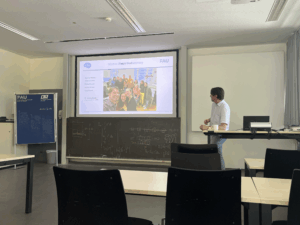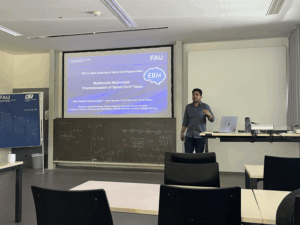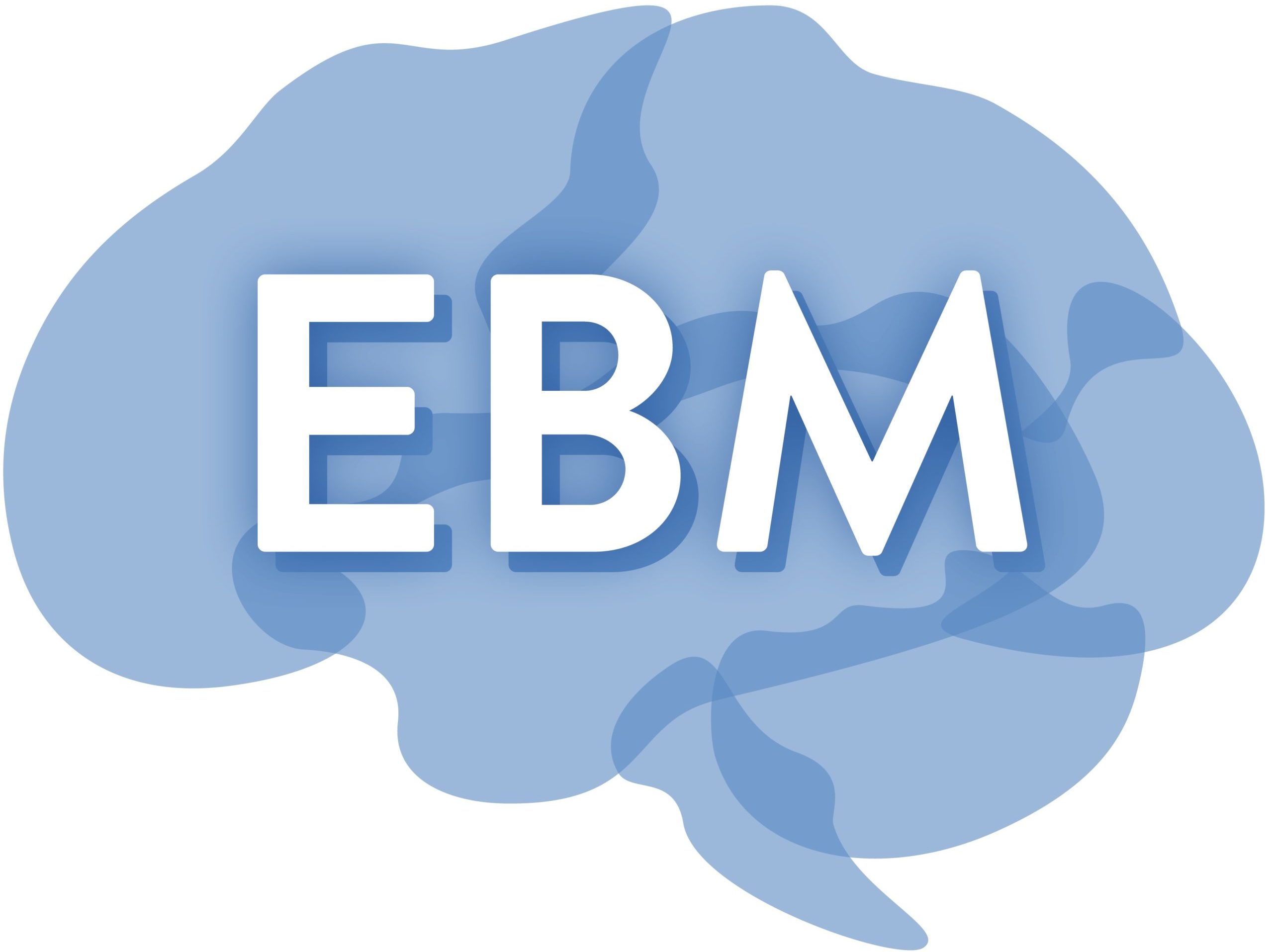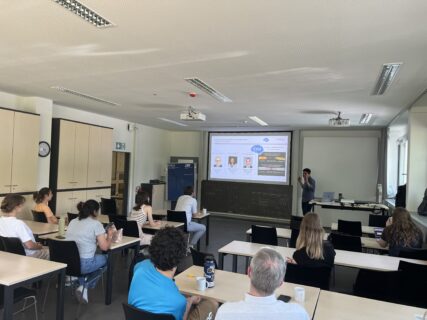Doctoral Researchers‘ Seminar by Rahul Ramachandran (B01) and Maik Hintze (B04)
Friday, June 13, was certainly not a day of bad luck.
In addition to Erlangen’s traditional Bergkirchweih festival, there was another reason to come together and exchange ideas on this beautiful summer day: the 14th EBM doctoral researchers‘ seminar.
The presenters, Rahul Ramachandran (project B01: In silico modeling of spinal cord regeneration) and Maik Hintze (project B04: Spinal cord mechanics in a mouse model of multiple sclerosis), each gave brief updates on their projects, which sparked engaging and thoughtful discussions. These two projects clearly illustrate the broad scope of the EBM research center, ranging from experimental modeling of tissue mechanics and regeneration to the mechanics-related molecular biology of disease.

Maik’s project focuses on astrocytes — a specific type of non-neuronal brain cells — and how their behavior influences the mechanical properties of the brain and spinal cord in both health and disease. He first presented microscopic images and gene expression data suggesting changes in tissue mechanics in a mouse model of multiple sclerosis. In a second project, Maik investigates the behavior of human patient-derived astrocytes cultured on substrates with different mechanical properties. This part of the research explores how the mechanical characteristics of the environment influence astrocyte behavior, particularly differences between astrocytes derived from grey and white matter. Can changes in the mechanical properties of the growth surface induce different behaviors — or even pathologically activate — grey and white matter astrocytes?

Rahul then presented his work on the mechanical properties of grey and white matter in the spinal cord, applying a multimodal approach. He characterized the distinct mechanical behaviors of each tissue type, as well as of the spinal cord as a whole, by combining data from nanoindentation and rheometry. Notably, he quantified nonlinear mechanical phenomena such as compression stiffening and tension stiffening, using a modified version of the two-term Ogden model — a widely used yet relatively simple constitutive formulation.
All in all, the meeting provided a valuable opportunity for exchange between researchers from very diverse fields, resulting in a truly insightful interdisciplinary discussion.
Rahul Ramachandran, B01 & Maik Hintze, B04

